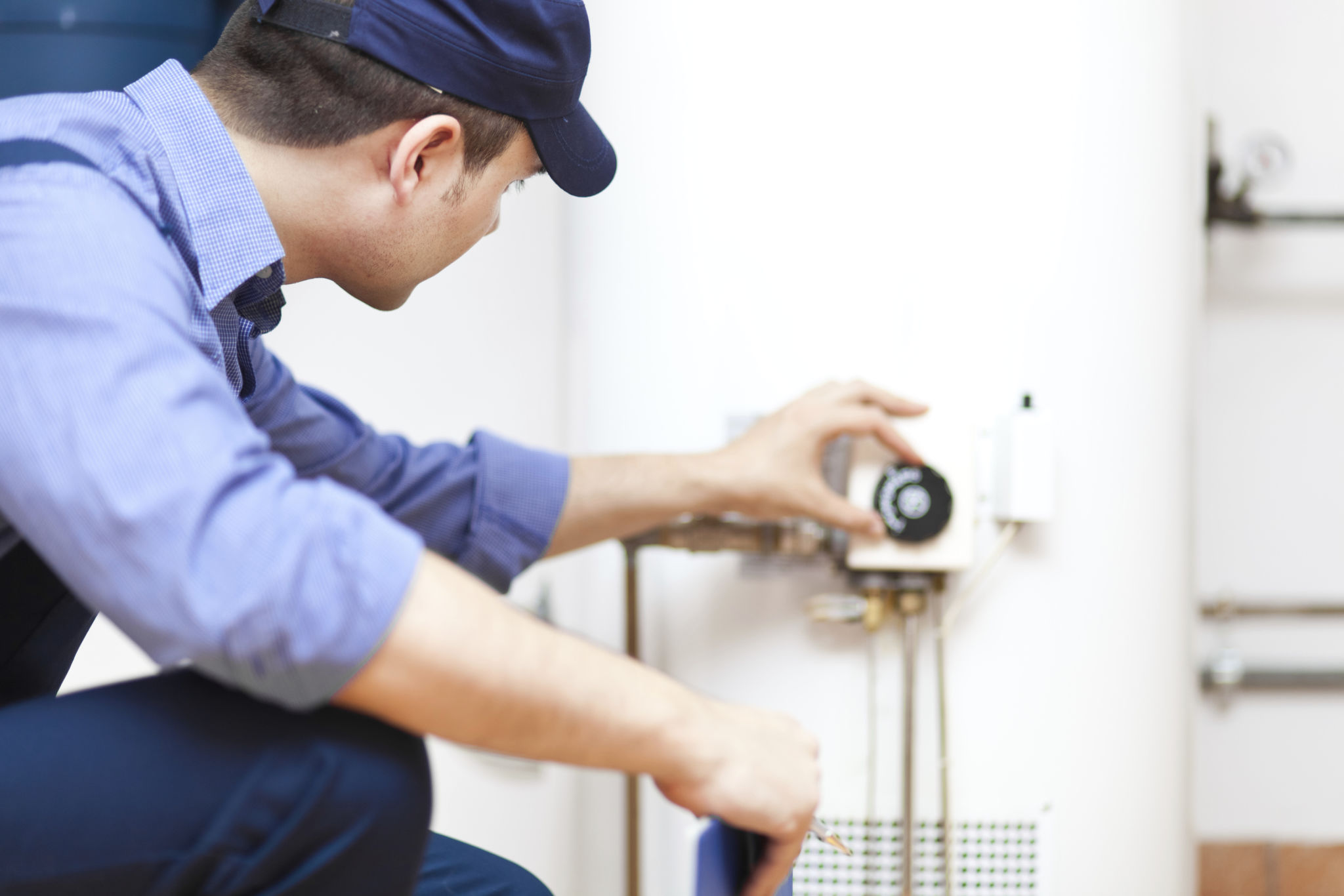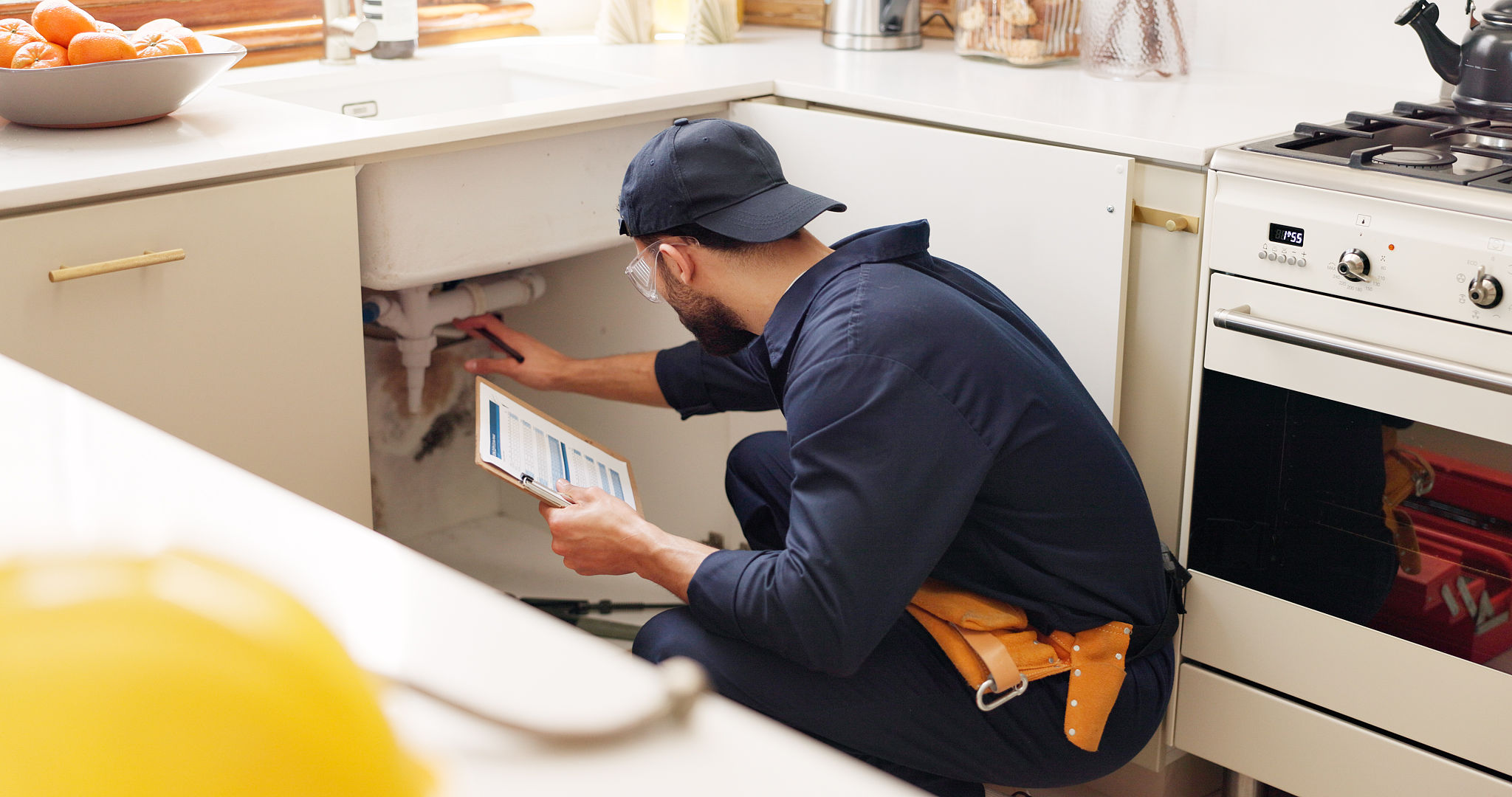DIY Tips for Troubleshooting Common Hot Water Problems
Hot water problems can be a frustrating issue for homeowners, but often, they can be resolved with some simple DIY troubleshooting. Whether you’re dealing with inconsistent water temperature or no hot water at all, understanding the common causes can save you time and money. Here are some essential tips to help you troubleshoot and potentially fix these issues yourself.
Check the Power Supply
One of the first things to check when facing hot water problems is the power supply to your water heater. For electric heaters, ensure that the unit is plugged in and that the circuit breaker hasn’t tripped. If it has, reset the breaker and see if this resolves the issue. For gas water heaters, make sure the pilot light is lit. If it’s out, follow the manufacturer’s instructions to relight it.

Inspect the Thermostat Settings
Incorrect thermostat settings might be the culprit behind your hot water woes. Check your water heater’s thermostat to ensure it’s set to the desired temperature. The recommended setting is typically between 120 to 140 degrees Fahrenheit. If the water is too hot or not hot enough, adjust the thermostat and monitor the changes.
Adjusting Electric Water Heater Thermostat
For electric water heaters, you’ll need to remove the access panel and insulation to reach the thermostat. Use a flathead screwdriver to adjust the temperature setting carefully. Be sure to replace the insulation and panel after making adjustments for safety.
Flush the Tank
Over time, sediment can build up in your water heater tank, affecting its efficiency and leading to inconsistent water temperatures. Flushing the tank is a straightforward process that can help alleviate these issues. To do this, turn off the power supply or gas, attach a garden hose to the drain valve, and let the water flow out until it runs clear.

Check for Leaks
Leaks can significantly impact your water heater’s performance. Inspect around the tank and pipes for any visible signs of leakage. Small leaks might just require tightening of connections, while larger issues could indicate a need for professional intervention.
Fixing Minor Leaks
If you identify a minor leak at a connection point, try tightening the fittings or replacing any corroded parts. For T&P valve leaks, check if debris is causing it to stick open; cleaning or replacing the valve may be necessary.

Consider Professional Help
While many hot water issues can be resolved with DIY methods, some problems may require professional expertise, especially if they persist despite your efforts. If you encounter complex issues like faulty wiring or significant tank damage, it’s best to contact a licensed plumber or technician for assistance.
Troubleshooting hot water problems doesn’t have to be daunting. By following these DIY tips, you can often identify and fix common issues on your own, ensuring a steady supply of hot water for your home. Remember, regular maintenance of your water heater can prevent many of these problems from arising in the first place.
